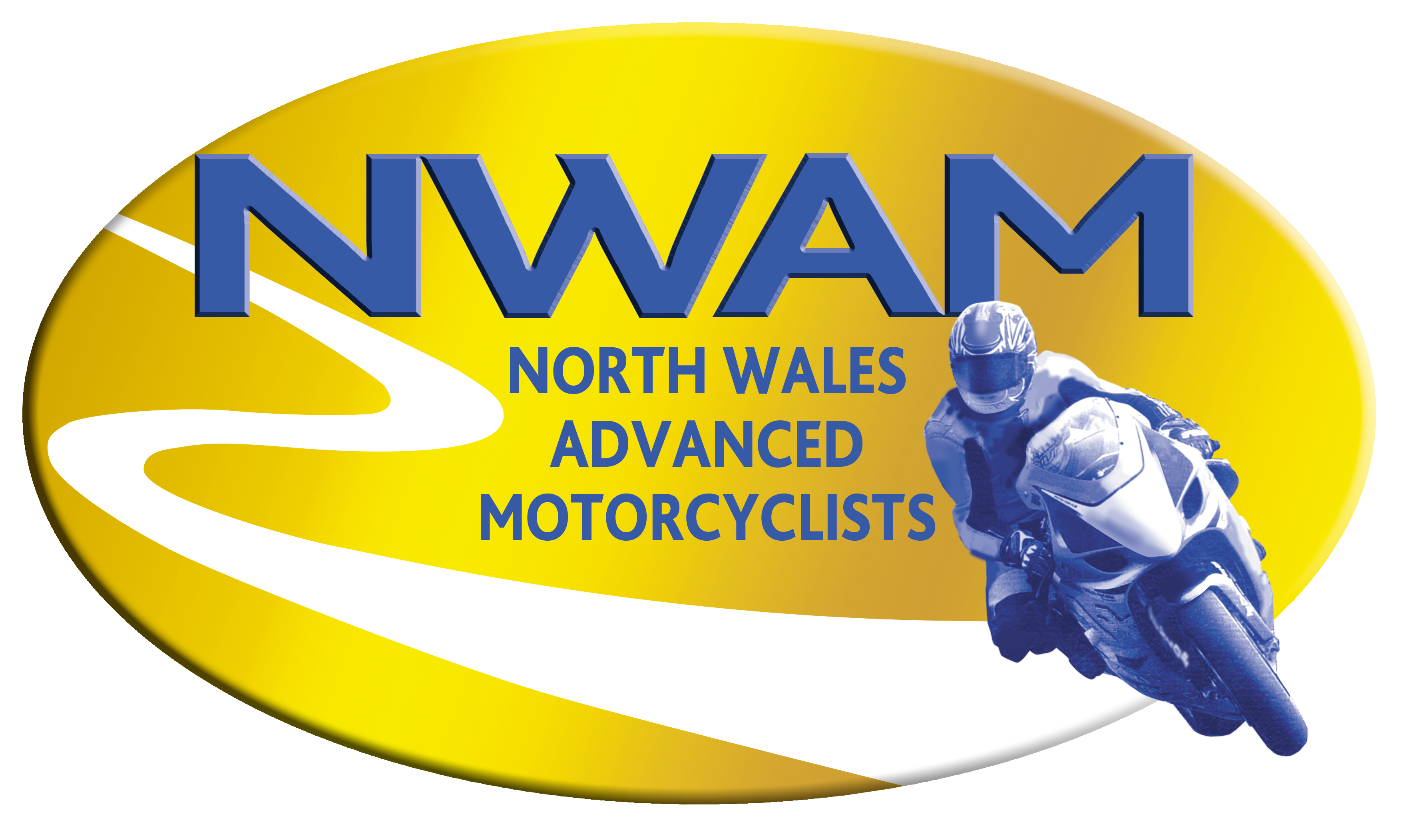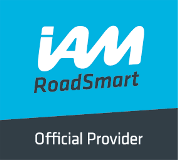Our Advanced Rider course will help make you a safer rider and could save you money.
Up and coming...
The Group are always looking for volunteer members to lead rides. Help to those who have never led rides will be given.
Contact:
rideouts.nwam@nwam.org.uk
Take an advanced ridingcourse
Be a stellar rider by avoiding dark matter this autumn
This week’s tips from the IAM’s head of riding standards, Peter Rodger, are looking at how riders can best prepare for riding in the dark. Read our latest tips to ensure your journey is as safe as possible.
- Before starting your journey, check your lights are clean and that bulbs are not blown. Check your tyres are in good working condition and ensure the tyre tread is no less than 2mm.
- Make sure you are wearing protective gear that is highly visible. This is particularly important when riding at night or in poor weather conditions – see and be seen at all times. If you are wearing a backpack make sure it has reflective markings as well.
- Most modern lights will switch on automatically. If your lights don’t switch on automatically make sure you switch on dipped beams before starting your journey.
- If you can, keep to well-lit main roads. If you do ride through unlit roads make sure you switch on full beam. However, you mustn’t use full beam during the day even in poor visibility or foggy conditions as you risk dazzling other road users.
- Avoid filtering through traffic in the dark and when visibility is reduced – it might sound obvious, but you should only change lanes if it’s absolutely necessary and when it is safe to do so.
- It takes longer to react to a hazard in the dark or poor lighting conditions - always ride at a steady pace and within the specified speed limit. It’s important you can always stop within the distance you can see to be clear.
- Always keep your eyes on the traffic around you and avoid tailgating at any times. You never know when a vehicle might suddenly pull out in front of you or brake sharply. Keeping a safe distance between you and the vehicle ahead of you will ensure you have more time to react to a hazard.
- Remember that everyone else has lights on too – which makes yours harder to pick out. In traffic, think about riding so that you are easier to see, and not lost amongst the other lights.
- Use all clues there are to warn you about the road ahead – the pattern of street lights, the reflections of other vehicles’ lights and where the tail lights of other vehicles go ahead of you, as examples.
Riders should be aware that drivers cannot react as quickly as you might expect them in the dark. So you should always make your movements as predictable as possible. The best way of avoiding an accident is making sure you’re visible and ride smoothly, so everyone around you knows what you’re doing. That’s the sure path to a sweet ride!
Notes to editors:
- Peter Rodger is the IAM’s chief examiner.
- The IAM is the UK’s largest independent road safety charity, dedicated to improving standards and safety in driving and motorcycling. The commercial division of the IAM operates through its occupational driver training company IAM Drive & Survive. The IAM has more than 200 local volunteer groups and over 90,000 members in the UK and Ireland. It is best known for the advanced driving test and the advanced driving and motorcycling courses. Its policy and research division offers advice and expertise on road safety.
Media contacts:
IAM Press Office – 020 8996 9777press.office@iam.org.uk

